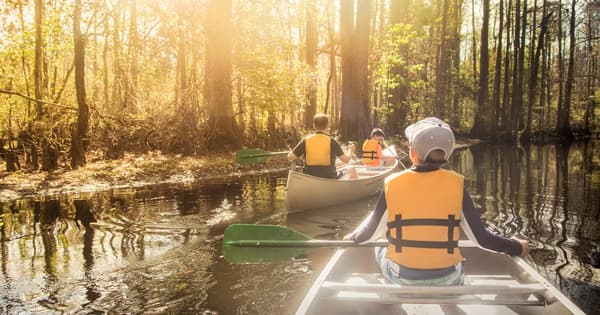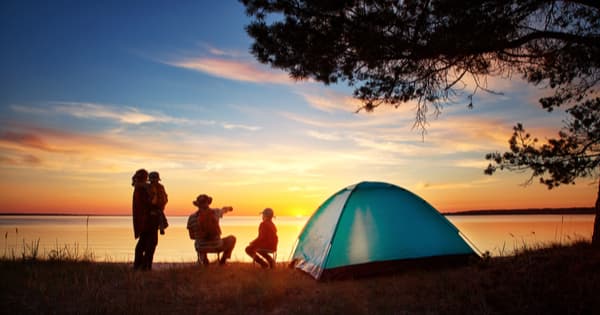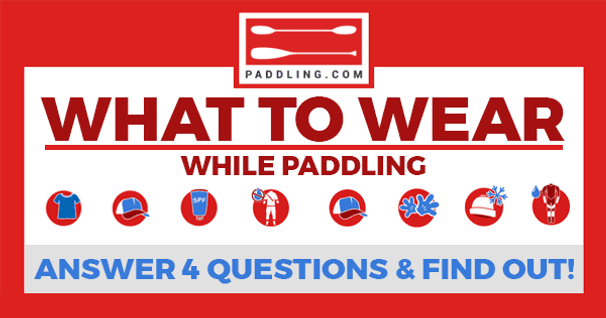7 Tips for Successful Family Canoe Trips
Before I was domesticated, I spent more than a decade working paddling gigs between paddling trips. Working and playing in the wilderness was where I felt at home, connected with the world, people and myself. The transition into family-life inevitably eroded my regular dose of wild adventures and I feared spiralling into insanity. I made it my mission to raise a family that would love canoe trips.

It’s been over 12 years now of 3 to 7-day family canoe trips, with kin from 6-weeks to 70-years old. My kids are ‘tweens’ now. If I can get them off the screen long enough to listen to anything I have to say, I am consistently met with eye-rolls and disinterest. Except when we’re talking about this year’s canoe trip... Mission accomplished!
What follows is a short guide that compiles 12 years of lessons on how to have a great time with your family on the river. I hope it can inspire you!
How to plan a family canoe trip
1. Choosing the Route
Minimize portages, but don’t avoid them all together. Pick a route with some epic points of interest (waterfalls, lookouts, historical sites, etc.) We generally move sites everyday, leaving room for the odd rest-day. Remember, less is usually more, and 3-4 hours of paddling per day is plenty. Having a long day where everyone is exhausted builds confidence and resilience, but if the whole trip feels like a marathon, you miss out on important connections with place and people.
2. Maps
Bring maps. Real topographic maps (even if you don’t need them for navigation or emergencies). Having a topo map allows you to see what’s around and find cool adventures (which are often the highlight of the trip!).
Kids love knowing where they are going. With a map they can find the answer to that incessant question, “how much further to the campsite?”. More importantly, this may be the only map bigger than a 3”X6” phone-screen that they use for the rest of their lives.
3. Food
Food is known among paddlers as the thing that can make or break a trip. But, don’t stress! Focus on fast, familiar foods. Just look at the meals that your family eats on a regular basis. Think about space, weight, perishability and prep, and then pick the meals that make sense for your trip.
If you are eating your fast, family favourites, everyone is likely to be well fed, happy and know how to pitch in to ensure your campfire-cooked meals taste great. Doing as much prep as you can pre-trip (chop, dehydrate, precook, freeze, etc.) will give
you more time to relax, fish, swim, read and whatever. Finally, don’t skimp – most families will burn more calories on a canoe trip than they do regularly.
4. Candy
Voyageurs measured distance in “pipes”, stopping approx. once-per-hour to pack and smoke a pipe, motivating their 55 strokes-per-minute. We measure distance in candy, stopping every hour or so to eat gummy worms, chocolate, nuts and hard candies. Then we carry on paddling anywhere from 5–30 strokes-per-minute. As the pipe-break did for the voyageurs, the candy-breaks offer respite from monotony, as well as, comfort, camaraderie and fresh energy for the next leg of the journey.
5. Pets
Leave the cat at home. I was once part of a discussion about whether a cat in one of those travelling crates would be a viable option for a canoe trip. This should never happen. Your pet is part of your family and you should consider bringing them on your family canoe trip. But, only if they enjoy water and can, at least, tolerate being in the boat. Take your pet for short trips ahead of time to get them used to the canoe and learn how they will react. If they need to be in a box, it’s best to find a sitter.
6. Furniture

I have always enjoyed roughing it, taking the bare minimum and improvising. For my 40th birthday, I got one of those space-age, fold-up camping-chairs and I took the chair on the annual canoe trip. It became the ‘throne’, a symbol of prestige. It was the dishwasher’s chair, the fire keeper’s chair, the first-aider’s chair. The kids would do camp chores just so they could sit in the chair. After the first trip everyone in the family wanted one. I held out two more years, telling the kids, “when you turn 40 you can get a chair”, then I gave in.
We now carry the ‘living room bag’, a 30L drybag that weighs about 8lbs fully loaded. It transports a 3-person inflatable couch, three fold-out chairs, (one that swivels 360 and has arm rests), and a 50-foot string of LED lights. Perhaps, it has gotten out of hand, what’s really important is creating that comfy, homey atmosphere. All you really need is a tarp big enough that everyone can get under and hang out and some mood lighting.
7. Portaging
Slow is smooth and smooth is fast when it comes to portaging. Pause and get organized, eat candy, hydrate, get your team pumped up for the mission ahead, and minimize the loose items (the 8-year-old WILL drop and lose these along the trail).
It is important that everyone contributes; even the dog carries his weight. Make sure you pack big bags for big people and small bags for small people. Don’t overload, do multiple trips, sweep the takeout spot and the trail once everything is across.
Once you’re through, celebrate! Acknowledge that you moved your whole home from one lake to another in X# of minutes. This is a good time to enjoy one of those warm beers you have in your pack and pull out a special treat for the kids.
Annual family canoe trips have kept me connected to my past, to the wild and most importantly, to the people who are most precious to me. Get out there and adventure with your family! Find ways to maintain familiarity and comfort in a novel environment. Work hard, play hard and be together.
This year we are doubling down. Stay tuned to find out what lessons we learn on our first two-week family canoe trip.
Inspired by wanderlust and a passion for rivers, Adrian's paddling addiction has taken him across the globe. After pursuing his degree in Outdoor Recreation and Tourism Management, Adrian eventually settled in Palmer Rapids, Ontario. Here, he has worked for over a decade as the Director Of Operations at The Boundless School.
Related Articles
I had an argument with my 10-year-old son the other day about spending $200 on a hockey stick. I heard…
We’ve all been there before. All through the cold months we dream of putting the heavy coats and extra…
It was mid-April, circa 2002. There were still patches of snow in the forest. It was one of those days…
Wondering what to wear when going paddling? Answer 4 quick questions and instantly learn what you need…



